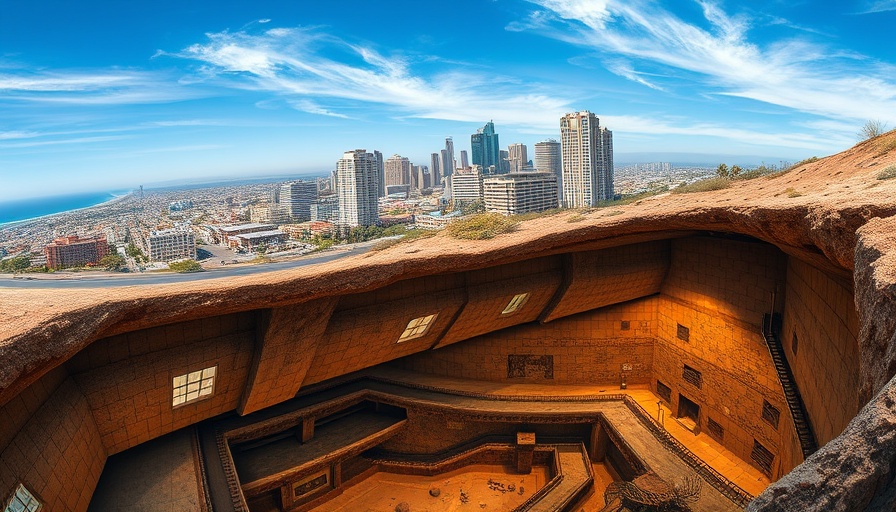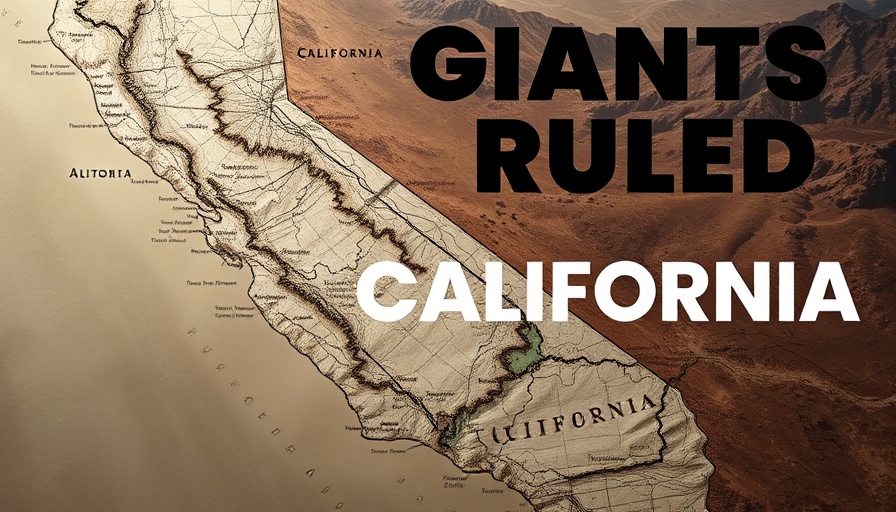
Unveiling San Diego’s Hidden Tunnels and History
San Diego is often celebrated for its sun-kissed beaches and vibrant neighborhoods. However, as the video "What's hiding under San Diego? San Diego’s Forbidden Underworld" reveals, an expansive and mysterious world lurks beneath the surface, populated with lost tunnels, abandoned buildings, and echoes of a rich past. This hidden underworld is more than just forgotten architecture; it reveals the deep, complex history of the city and the lives of those who inhabited it.
In "What's hiding under San Diego? San Diego’s Forbidden Underworld", the video dives into the fascinating history underlying the city, inspiring us to uncover the depths of these stories and their relevance today.
From Speak-Easies to Smugglers' Passages
One of the most intriguing aspects of San Diego's underworld is its connection to Prohibition, a time when speakeasies flourished and underground networks thrived. These tunnels served multiple purposes—from housing illegal alcohol to facilitating secretive immigrant passage. Notably, Sunny Jim’s Cave, a manmade sea cave governed by Gustav Schultz, took on a shadowy identity during this era, simultaneously welcoming tourists and serving as a conduit for contraband. This dual identity showcases not just the architecture, but the desire for adventure and the drive for survival that shaped the city.
The Unseen Risks Beneath Mission Bay
However, not all secrets buried beneath San Diego's streets carry stories of historic significance; some lead to environmental concerns. The Mission Bay landfill, which operated for only seven years, became a hazardous site for toxic waste disposal, leaving an alarming legacy that has prompted city officials to pause development plans in the area. As hazardous materials seep into the groundwater, San Diegans face lingering questions about health and environmental safety, illustrating that the stories we uncover may carry unexpected weight.
Echoes of War: The Military Footprint
San Diego's military history, largely overshadowed by its coastal beauty, is also embedded in its underground landscape. World War II bunkers, initially built for defense, now lie dormant—reminders of a bygone era when the Pacific Coast faced direct threats. Strolling through these relics today gives residents a glimpse into a time when vigilance was paramount and the shadows of war loomed heavy over the coastline. It stirs both appreciation for those who protected the nation and curiosity about what other secrets wait to be unveiled.
The Allure of Hidden Treasures
Legends of lost gold and abandoned mines continue to entice treasure hunters. Stories flow from the Stonewall Mine to quiet hills of Julian, luring those fascinated by the idea of uncovering long-forgotten riches beneath the earth. While the historical accuracy of these tales may remain uncertain, they connect people to their past in a unique way, driving the narrative of ambition and risk that has long defined human exploration.
What Lies Beneath: Perspectives on Discovery
Peering into San Diego’s underground world is more than just a journey through tunnels; it is an introspective adventure that invites residents and visitors alike to grasp the complexities of their city. A deeper understanding of the historical context encourages community reflection on how we navigate progress while remembering the past. By grounding current development in an awareness of what lies beneath, San Diego can honor the stories that shaped it while moving forward.
As we peel back the layers of this city, the forgotten underworld emerges not just as an archaeological curiosity, but as a powerful reminder of how history continually influences our present. The reflections sparked by the video highlight the ongoing battle between progress and preservation, urging all of us to foster a renewed sense of curiosity and respect for our intertwined past and future.
Whether you are a long-time resident or new to San Diego, the hidden histories below the surface add a layer of depth to your understanding of this vibrant city. By exploring these stories, we not only honor the lives of those who came before us but also redefine our connection to the place we call home.
 Add Row
Add Row  Add
Add 




Write A Comment